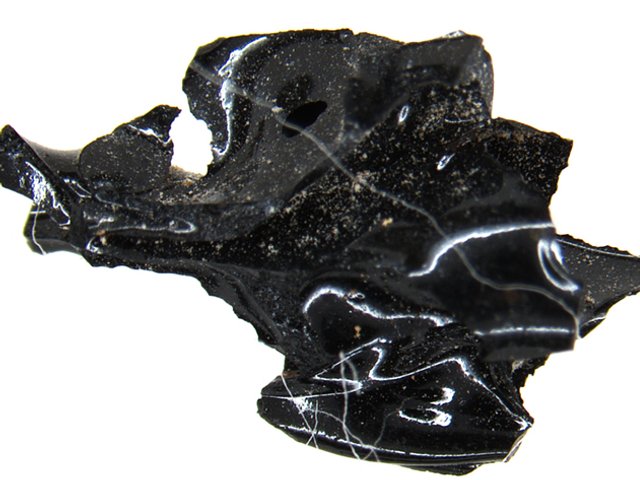Herculaneum. Up to ninety-five percent of the spectacularly well-preserved wooden remains from life in the Roman town of Herculaneum could be fake. According to the reputable Centro Nazionale per le Ricerche e la Ricostruzione Archeoambientale, a research centre based in Pompeii and devoted to the detection and study of reconstructed artefacts, the wooden items, which include several tables, benches, stools, a wardrobe and a child’s cradle, appear to have been largely reconstructed from 1927 to 1961 when Dr Amedeo Maiuri was responsible for the running of the archaeological site.
Apparently, the archaeologist allowed the wooden fragments to be restored extensively as they were discovered. The excavated remains, removed from the ground in damaged condition, were supplemented with coal, wax, carbonised remains of plant life and pieces of ancient wood taken from the beams of houses on the site. This type of reconstruction would have made detection extremely difficult. Even a carbon 14 analysis would not have revealed the difference between the original work and modern additions. A number of items seem to have been not just supplemented with ancient materials, but almost entirely reconstructed. These restorations are now easy to detect, thanks to new techniques of analysis developed at Pompeii’s research centre. The wooden fibres have been scrutinised for the first time, and this has revealed that, in most cases, each item contains fibres that are incompatible with each other in their basic structure and must therefore originate from more than one piece of wood. These dramatic findings have cast doubt on the authenticity of all the celebrated remains.



